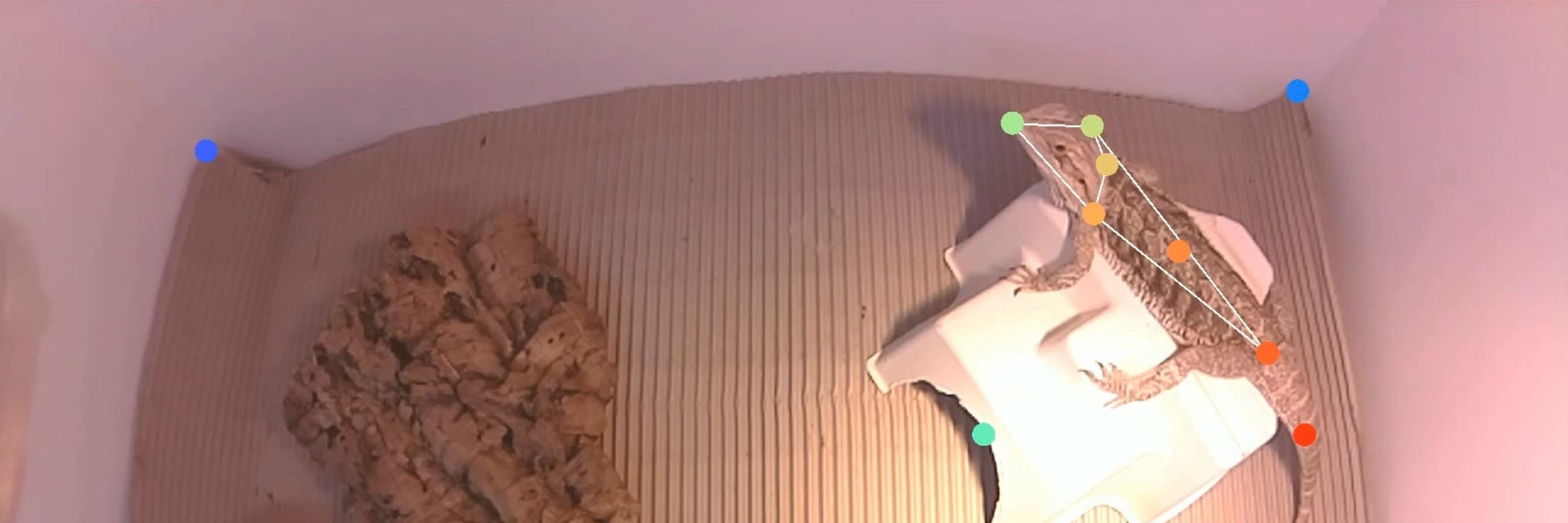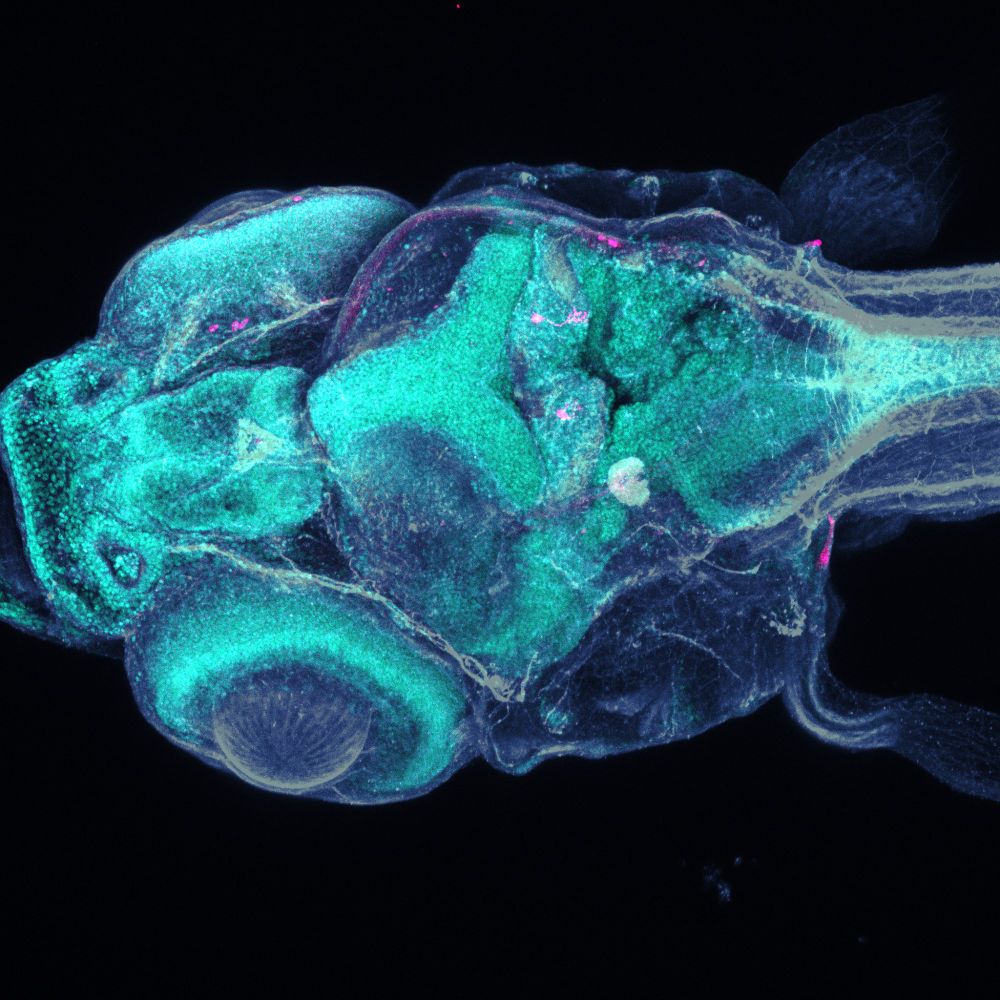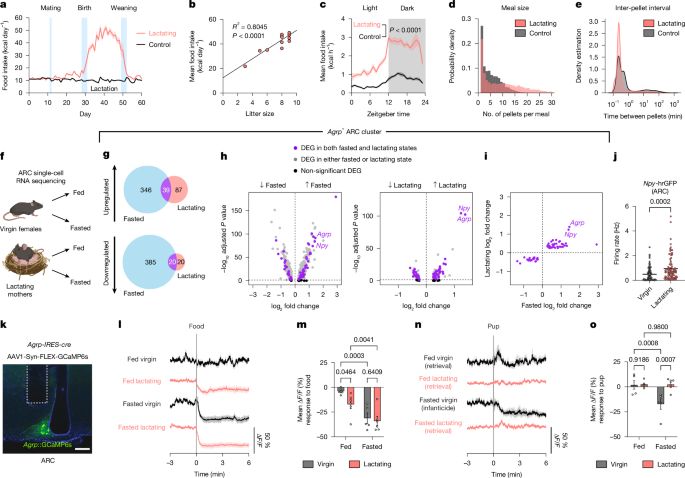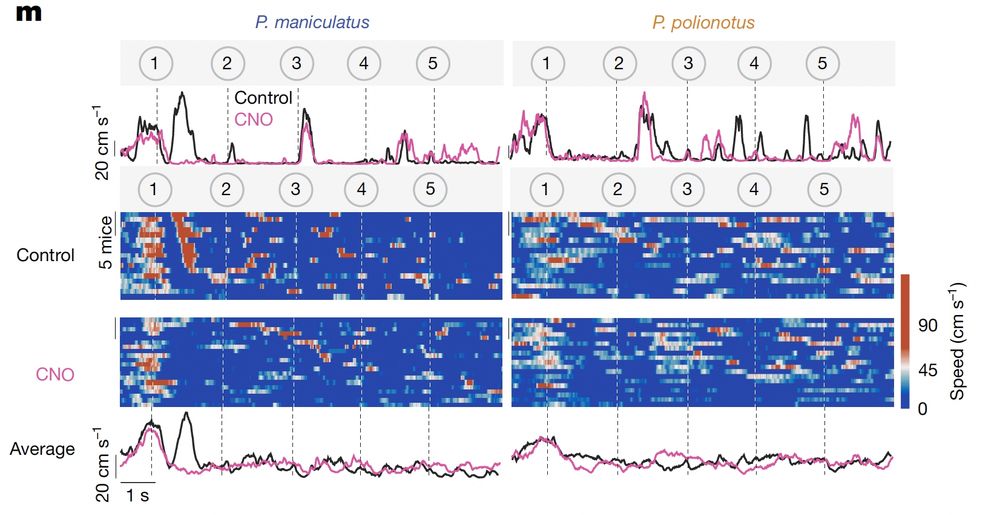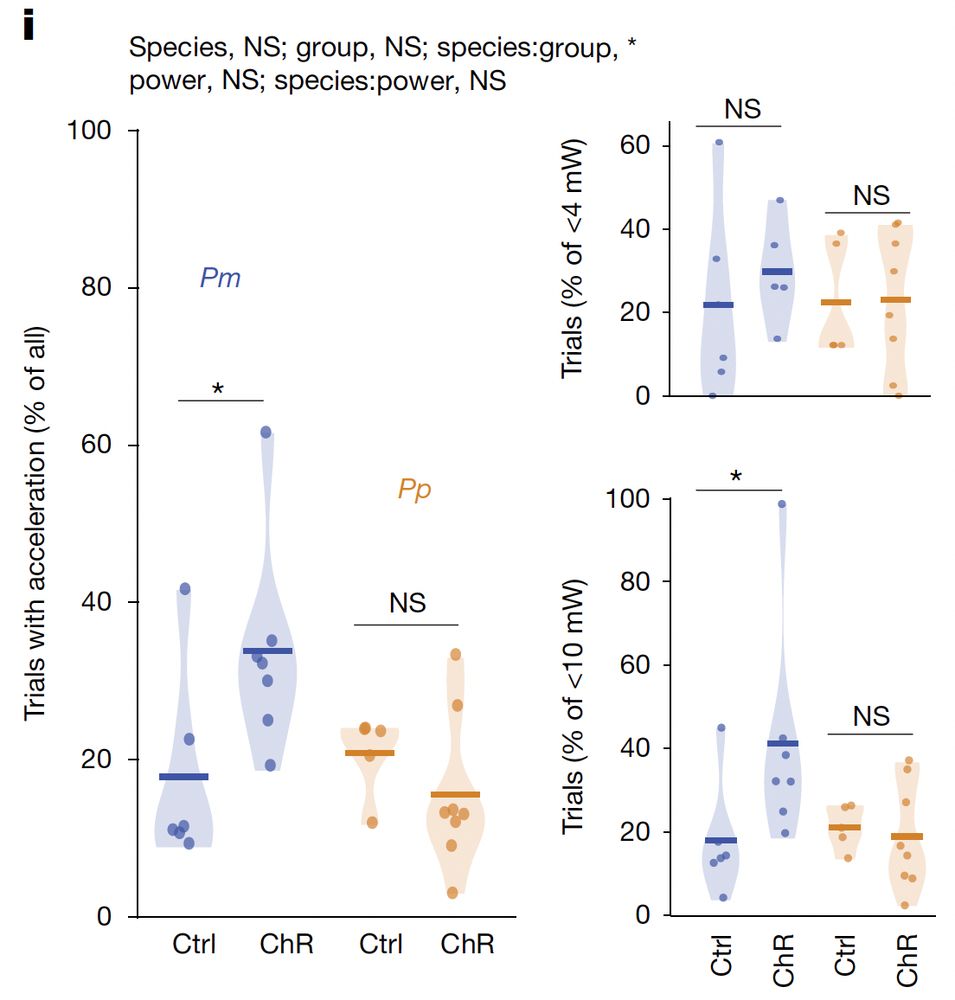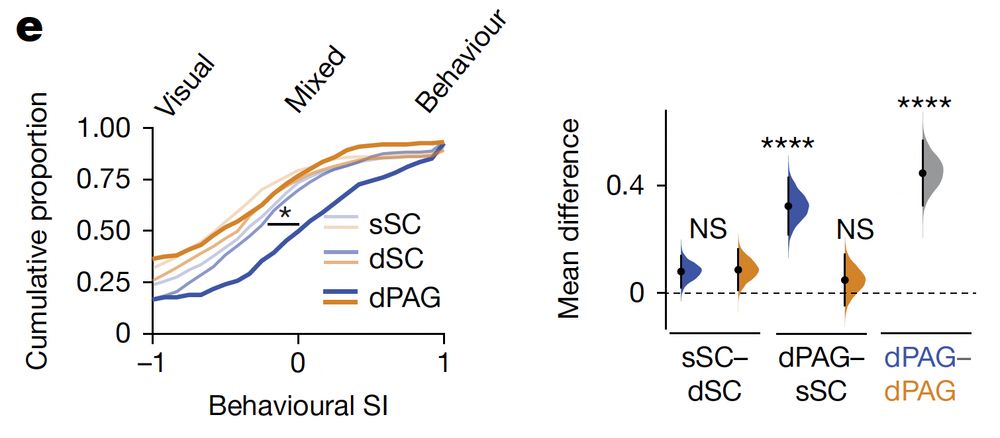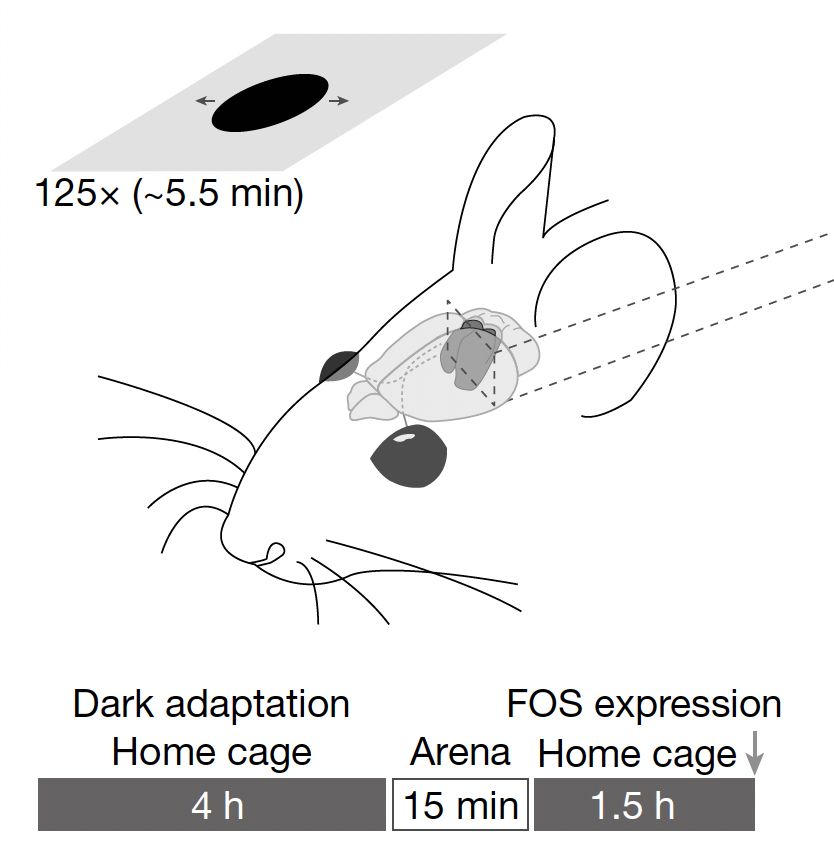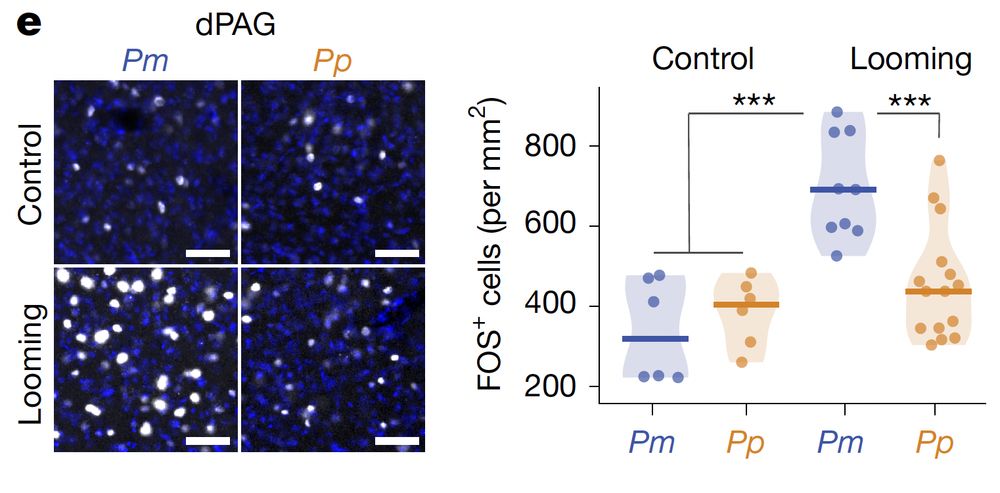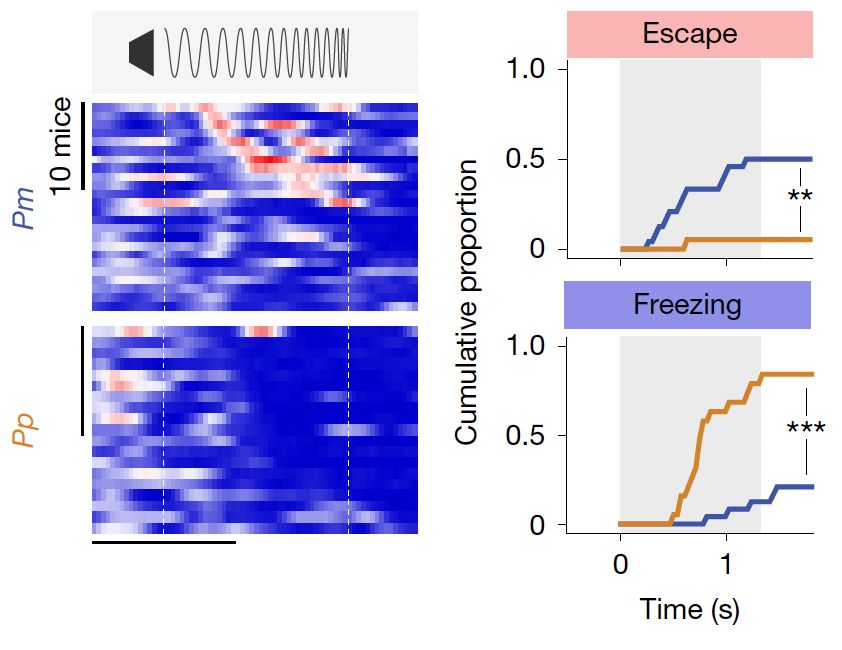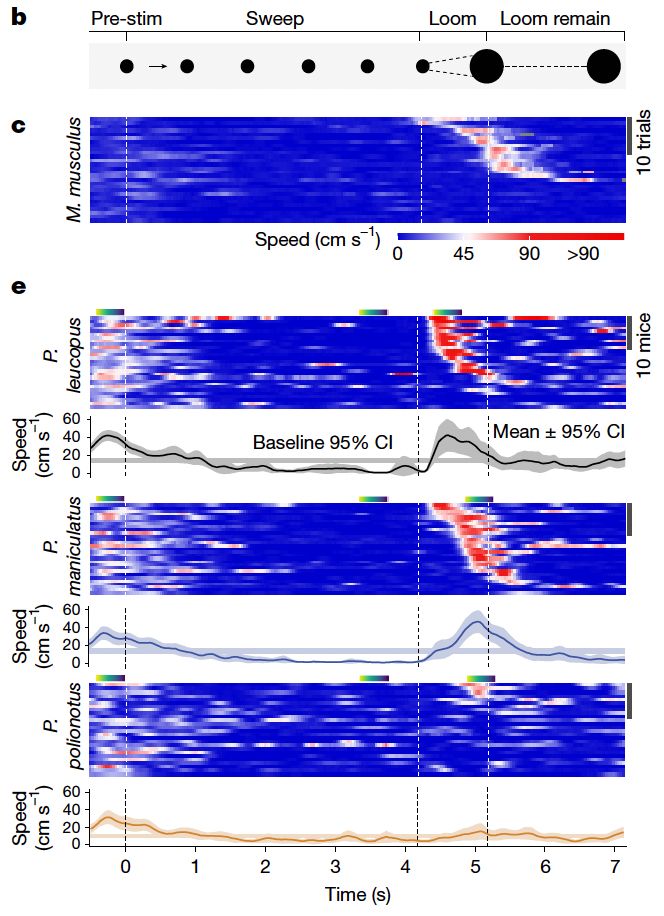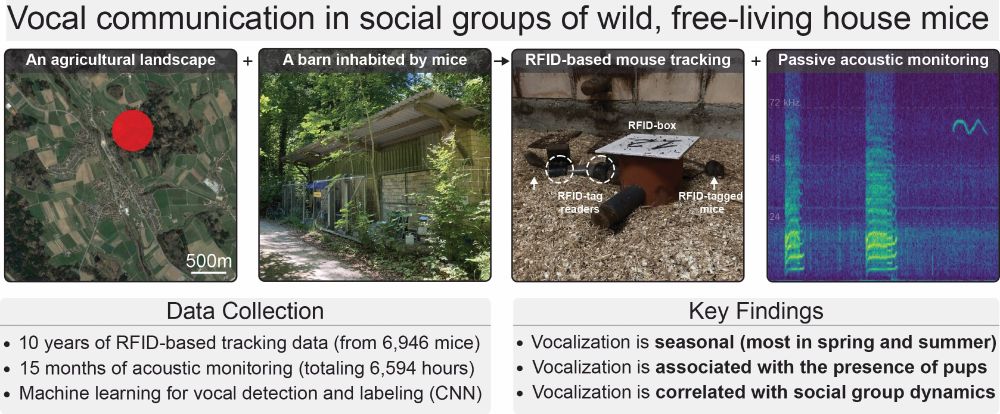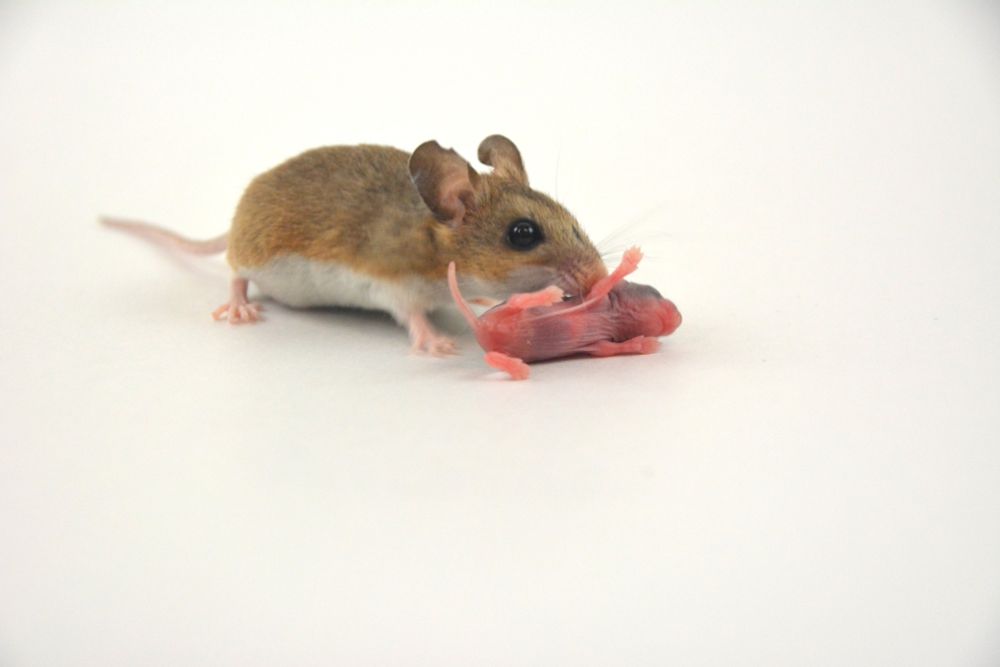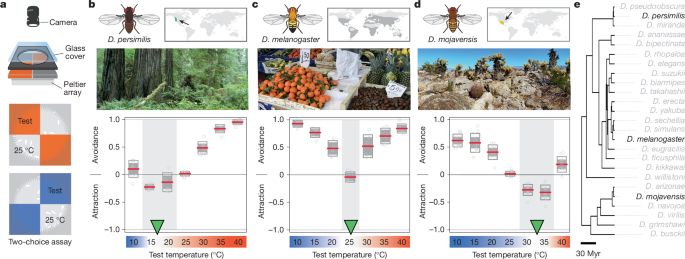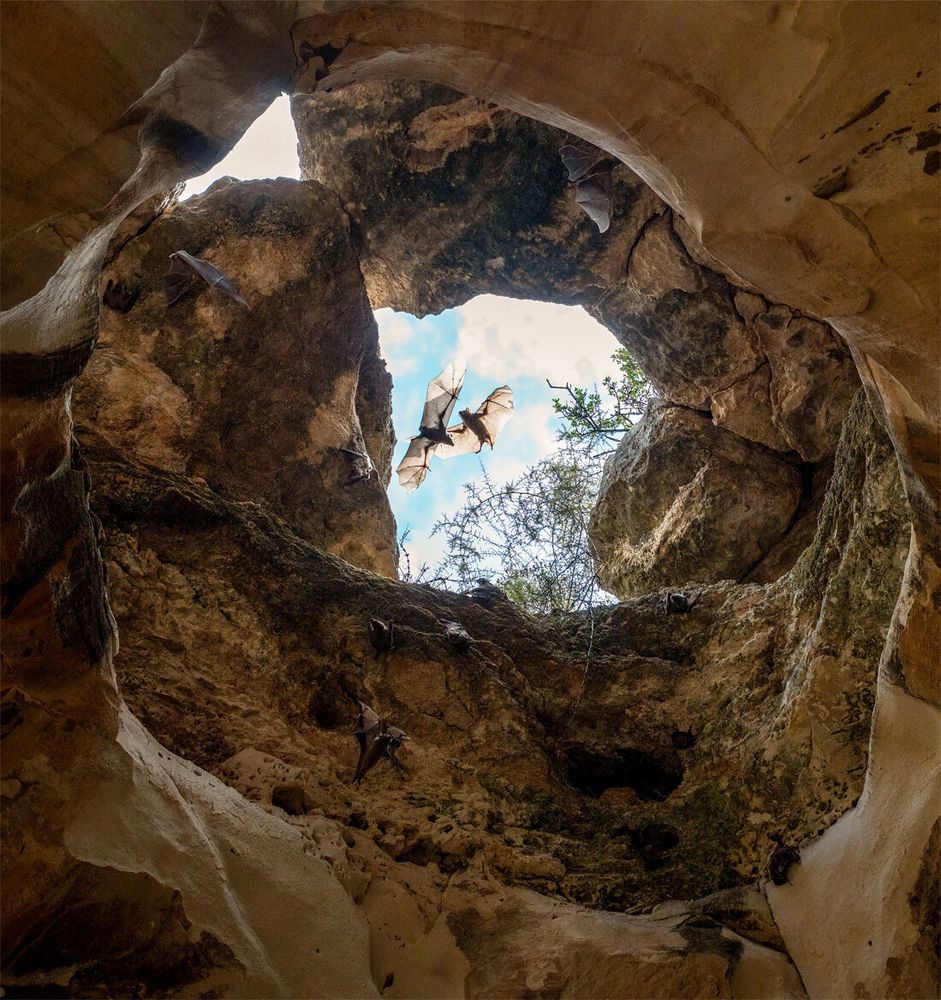Felix Baier
@felixbaier.bsky.social
280 followers
230 following
12 posts
Natural behavior, brain evolution, & ecological change, with a focus on wild 🐭 and 🦎. Currently a Postdoc @mpibrain.bsky.social; PhD from @harvardmcb.bsky.social. he/him
felixbaier.github.io
Posts
Media
Videos
Starter Packs
Pinned
Reposted by Felix Baier
Felix Baier
@felixbaier.bsky.social
· Jul 31
Felix Baier
@felixbaier.bsky.social
· Jul 23
Reposted by Felix Baier
Reposted by Felix Baier
Jean-Marc Lassance
@pherojml.bsky.social
· May 13

The Functional and Genetic Architecture of Olfaction in Deer Mice
Mammals have well-developed olfactory systems, but the molecular logic driving the extraction of biological information, how this logic evolves and contributes to differences in behavior remain unclea...
www.biorxiv.org
Felix Baier
@felixbaier.bsky.social
· Feb 12
Felix Baier
@felixbaier.bsky.social
· Feb 5
Reposted by Felix Baier
Society for Neuroscience
@sfn.org
· Jan 23
Reposted by Felix Baier
Reposted by Felix Baier
Reposted by Felix Baier
Andres Bendesky
@bendeskylab.com
· Jan 15
